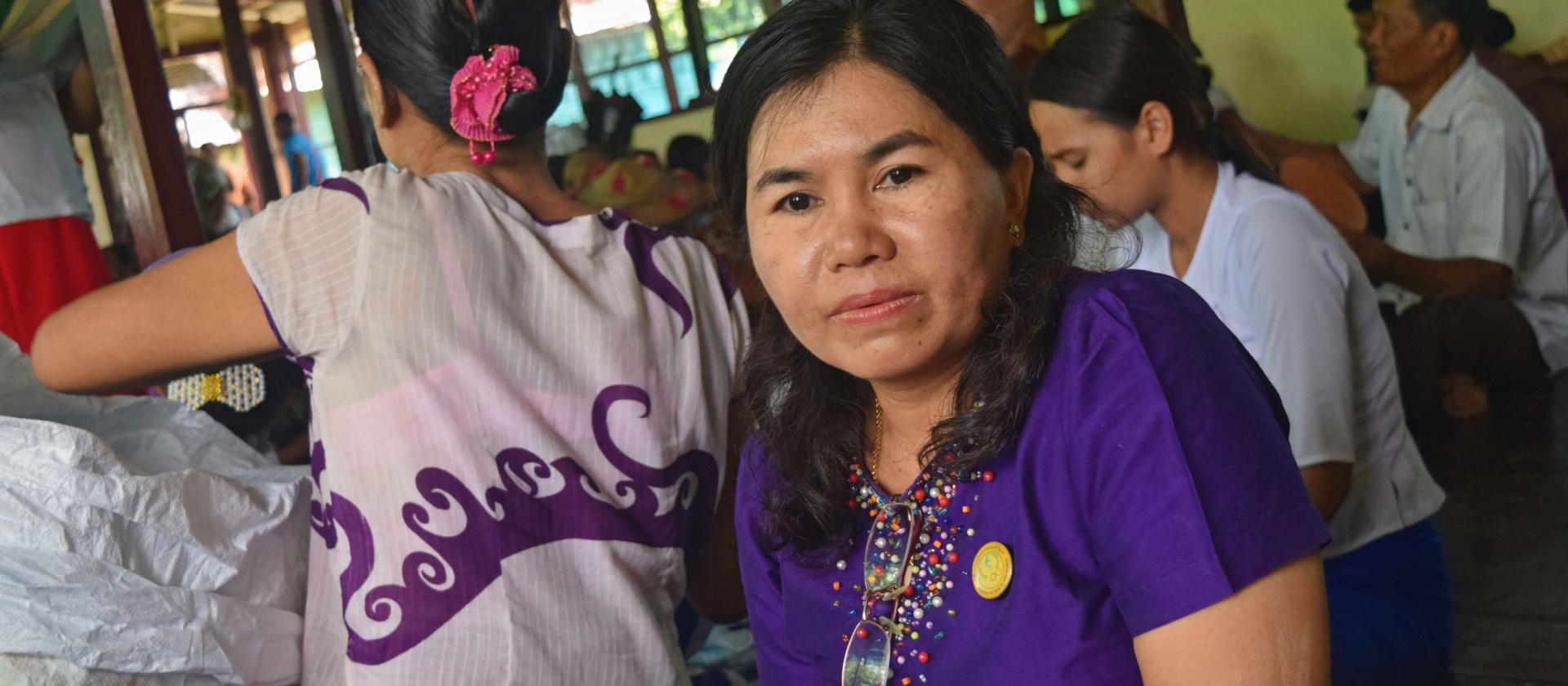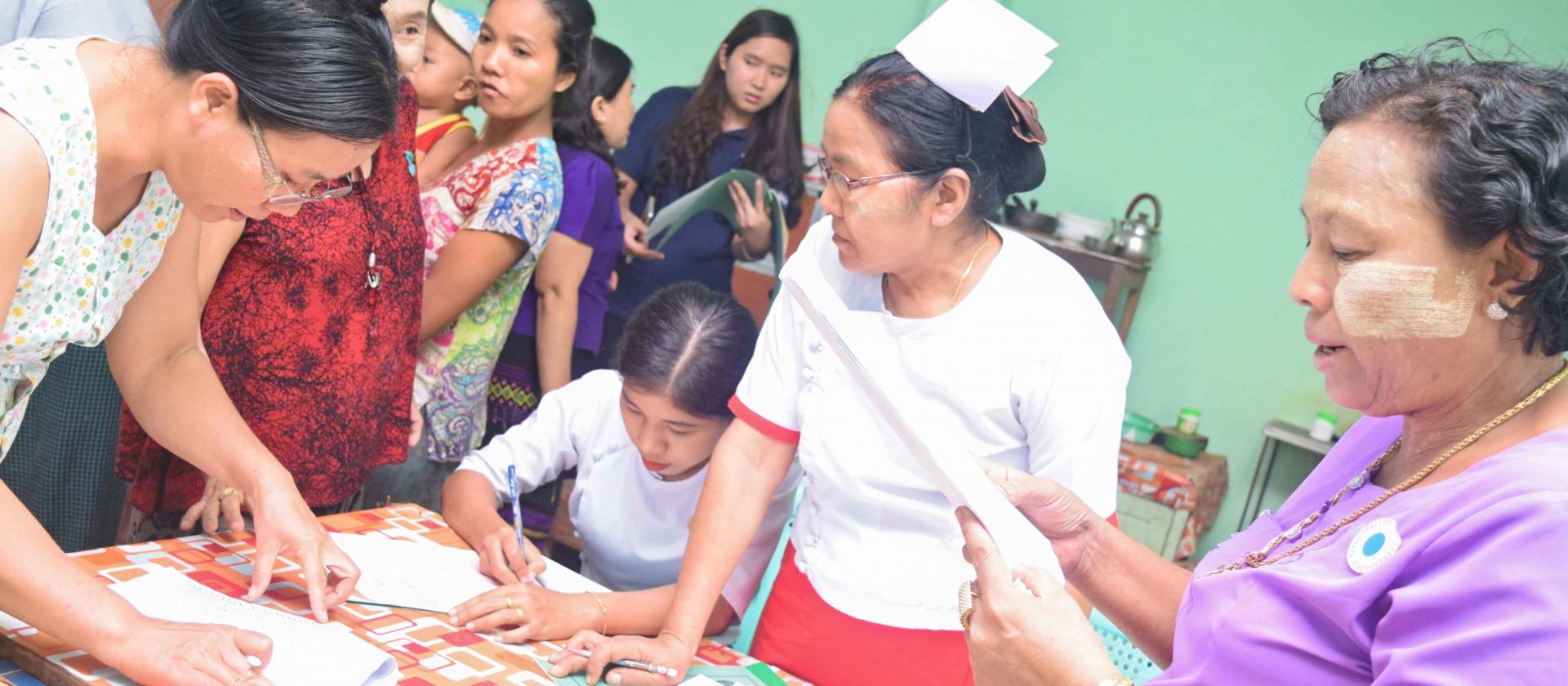These LLIN mass distribution campaigns are part of the efforts of the National Malaria Control Programme to achieve universal LLIN coverage in Myanmar with Global Fund support. The goal is to eliminate malaria in Myanmar and in the Greater Mekong Subregion by 2030.
Myanmar’s remote rural communities have limited access to malaria prevention services, including LLINs. As the difficult terrain to reach most malaria-vulnerable communities and torrential rains in the wet season may delay LLIN distribution, UNOPS-PR made sure that delivery of LLINs with Global Fund support was prioritized to remote and malaria-endemic areas and completed in time for further distribution in the communities.
Led by the National Malaria Control Programme and in collaboration with RAI2E partners, the RAI2E programme is working to ensure free mass distribution of LLINs to vulnerable communities. In early January 2019, UNOPS-PR completed its timely procurement of 5.9 million LLINs with Global Fund support and then delivered them to townships across Myanmar. The delivery was done in eight batches and was timely completed, within a few months of the arrival of the LLINs. Priority was given to malaria-endemic and remote areas.
The last batch of LLINs delivered were distributed in Nyaung Lay Pin Township, under the supervision of the Bago Region Vector Borne Disease Control (VBDC) team. Also participating in the distribution were the township public health officers and the public health teams from Pazonmyaung and Madauk rural health centres (which include lady health visitor, midwife, auxiliary midwife, public health supervisor II, and malaria spray men).













